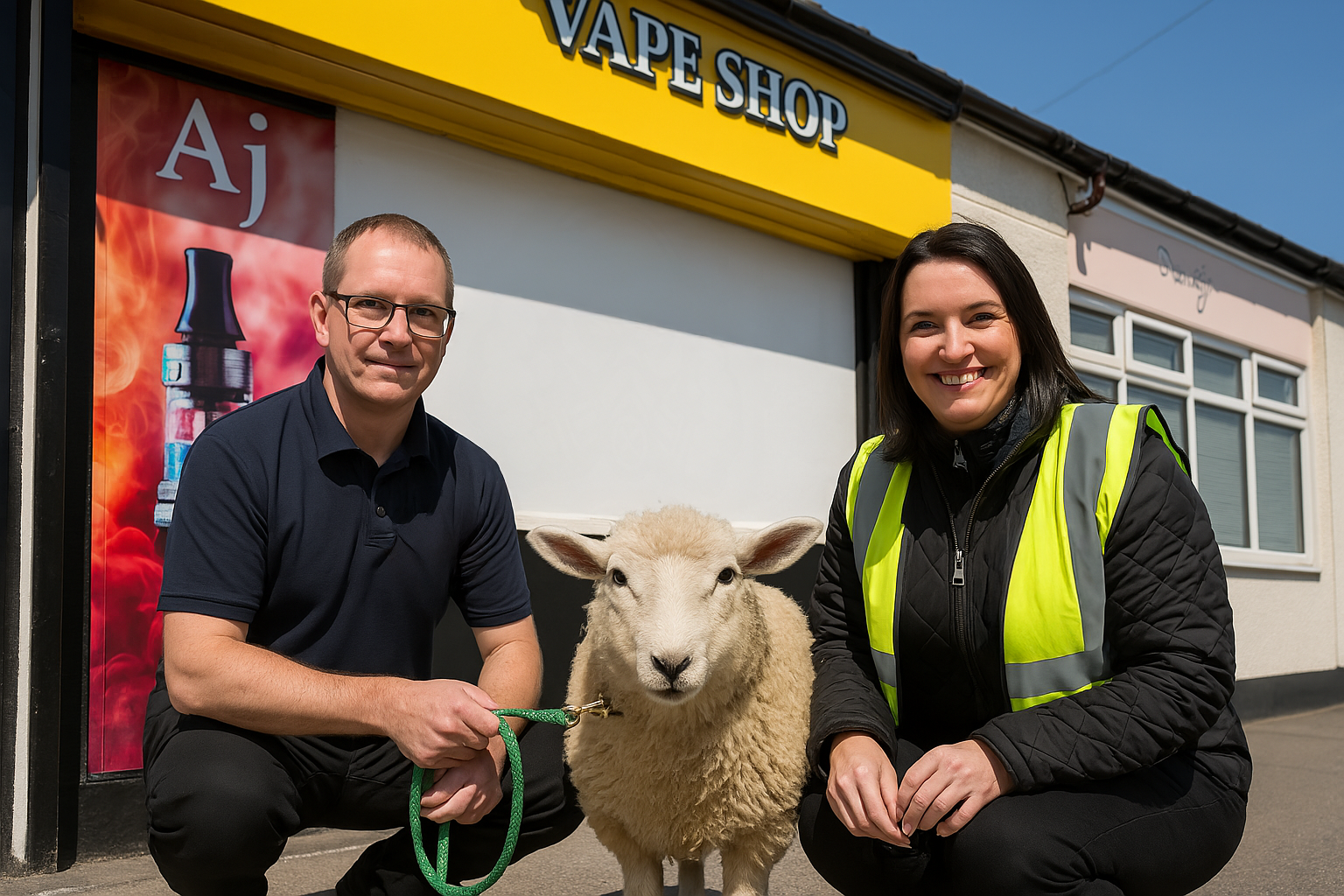Dr Vinayak Prasad leads the World Health Organisation’s (WHO) Tobacco Free Initiative and is a world authority on the damage caused to health by smoking. To mark World No Tobacco Day 2019, which this year focuses on lung health, we spoke to him about the impact of tobacco smoking globally.
Does the impact of tobacco on lung health vary greatly across different countries?
The tobacco smoking risks are the same or similar across all countries. But the cause of death or disease patterns differ according to the way tobacco is used. For instance, in Southern Asia, there is a far greater use of smokeless tobacco, in other words chewing tobacco. So, in that part of the world diseases caused by chewing tobacco such as oral cancer are becoming predominant. It is also affected by which health conditions are more common in certain regions.
What are the links between smoking and tuberculosis?
Tuberculosis is a big problem in some countries and there a greater risk of mortality among those with TB who smoke. It is a cause of mortality that has been well established for more than a decade. Smoking also more than doubles the risk of developing tuberculosis.
How big a threat is smokeless tobacco to global health?
Smokeless tobacco is used in over 80 countries and that’s huge. There are a lot of challenges in Sri Lanka for example, where smoking rates are still high but declining and smokeless tobacco use is rising. It is popular because it’s cheaper and it’s easily accessible for young people to consume and to use without being noticed in school. 80% of oral cancer deaths in that part of the world are because of one single product, smokeless tobacco.
Is there sufficient awareness globally about the harms caused by tobacco smoking?
Lung health and lung disorders are the most common disease factors in the world. This can come from multiple factors, whether it’s air pollution or tobacco. Interestingly in more than 30 countries where surveys have been carried out, 90% of people know that tobacco causes cancer, even in countries with a less literate population. However, it’s not the same story for other conditions such as cardiovascular disease and COPD. Only 60 per cent know about these risks to lung health because of smoking.
How big is the impact of secondhand smoke globally?
The global picture is that more than 60% of secondhand smoke exposure affects women and children, which is a concern because they are not smokers but they are being affected. Children are hugely prone to asthma and to respiratory diseases from their parents smoking.
Most people don’t smoke in the workplace because of legislation but they go home and they tend to smoke. The law of the land doesn’t prevent them from smoking at home at all. It’s more and more important to raise awareness of the harms of second-hand smoke. And that cannot be imposed by law, it requires more community engagement and literacy. It’s very important, for instance, to teach children that it’s risky so they can go home and tell their parents that if they want to smoke they can go outside and smoke.
What should governments do to reduce the impact of tobacco on lung health globally?
World Tobacco Day 2019 is focused on tobacco and lung health to raise awareness of the negative impact of tobacco use on people’s health ranging from cancer to chronic respiratory diseases . And for us at this stage it’s important to raise awareness among all stakeholders. Tobacco control is the key factor to reducing NCDs (non-communicable diseases). Governments must prioritise tobacco control as part of their policies.
The WHO has a package of measures which we call MPOWER which are key demand reduction measures such as graphic warning labels on the products, banning tobacco advertisements and raising taxes. The UK has done extremely well in raising tobacco taxes. Tax is the best instrument. That is the best levy. It makes it difficult for the poor, the vulnerable, even the rich to consume so much tobacco. And it provides the government has additional revenue with which they could then help tobacco smokers to quit and launch awareness campaigns.








